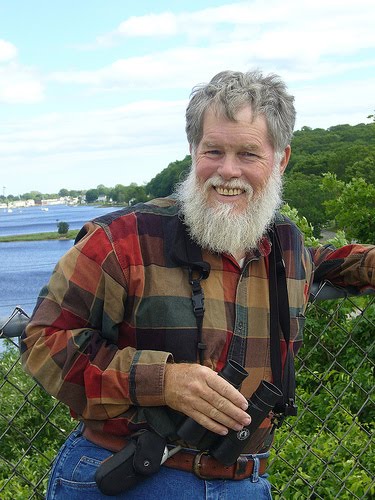 I have finished removing the dumped concrete debris from the fire lane. It has been used for the main entrance and for bolstering the entrance road at another preserve that has some issues from truck traffic.
I have finished removing the dumped concrete debris from the fire lane. It has been used for the main entrance and for bolstering the entrance road at another preserve that has some issues from truck traffic.Meanwhile, the First Street gate was the first test for my new moth light set up. I added some new species for the county as well as some new species for the site.
I was able to deal with some of the larger concrete pieces--pieces I could not lift into my truck--by breaking them up with a sledge hammer.

















